
Review: Nexo STM
A new flagship PA that loves stadiums as much as small clubs? Pull the other one.
AT arrived for the Australian launch of STM to be greeted with the news that the first system had already been sold. Right. Wow. That didn’t take long.
STM had been launched at the Frankfurt show earlier in the year and I was curious as to when this intrepid rental company had first heard the rig. “About two hours ago.”
So let’s get this straight: These guys are betting the farm on a new PA that almost no one has heard.
Seeing the obvious incredulous look on my face, the situation was explained further.
I was told how the STM would be their first concert rig, how it was the right time for them to invest, how they decided to not commit until they’d seen the STM in action, how they were effectively sold on the concept of the STM — the flexibility, the ease of riggin — before the first boxes had landed, and how the fact it actually sounded really good was, well, almost a bonus. “Put it this way: if it sounded terrible, it would have made for a very awkward conversation!”
Are these guys cloth-eared idiots? I don’t think so. The fact they were sold the business case for the STM before they were sold on its sonic performance is a clear demonstration of how Nexo has approached the design of its new flagship PA.
“We [Nexo] didn’t want to develop something in R&D that was technically really very clever, then take it out to the rental companies only to be told, ‘why the hell do we want that?’” Stuart Kerrison, was brought onboard to fill the newly created position of International Touring Manager. If Nexo was going to make a concerted tilt at the top end of touring, it needed someone with the experience and connections to liaise with the rental giants and find out what they wanted in a new PA before committing the factory to a concept. Stuart was that bloke.
“Initially our questions to the industry were technical in nature: ‘powered or not powered?’, ‘12s or 15s in the full-range cab?’ etc. We quickly discovered that these weren’t the questions exercising the minds of these guys. What we were hearing was the rental market is super tough and budgets were going down.”
This feedback set the Nexo course inexorably toward a more flexible, scaleable, lightweight system that would be quicker to rig and break down. Yes, it would be Nexo’s new flagship — going head to head with the Ks, Js, and Ms of the other industry heavyweights — but wouldn’t be restricted to festivals and stadiums. It would be a system equally at home in clubs and theatres. In other words, you wouldn’t need three systems, you’d only need one, and it could be a system you’d use every day of the year.
NEED TO KNOW
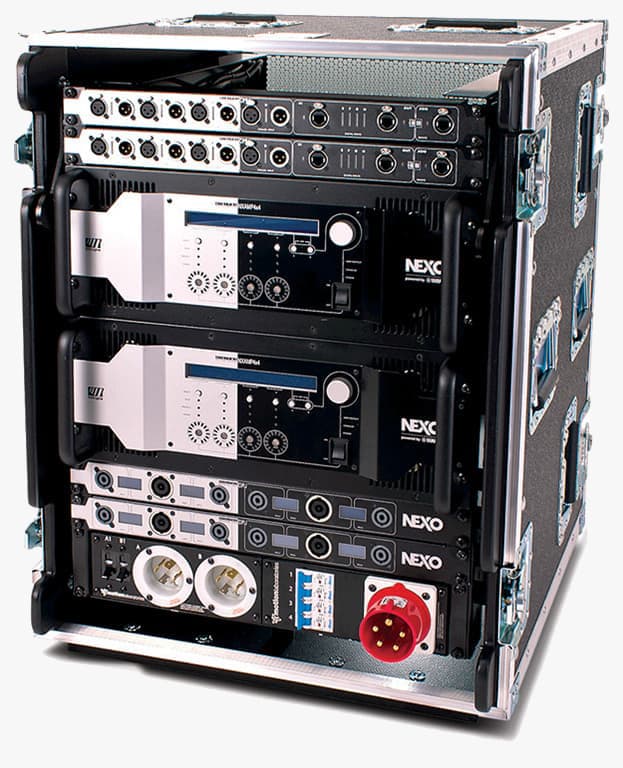
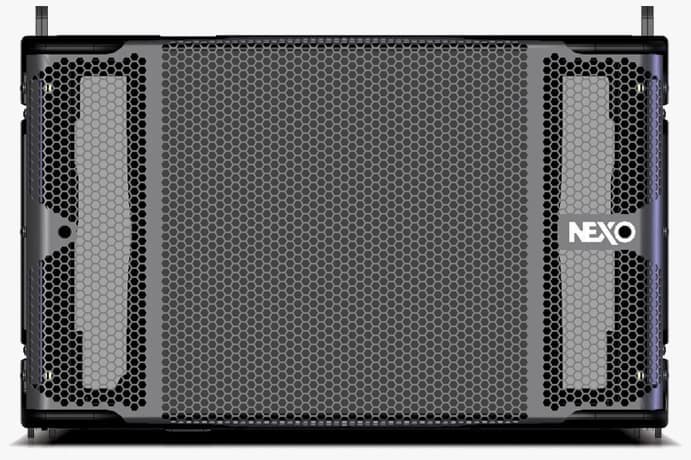
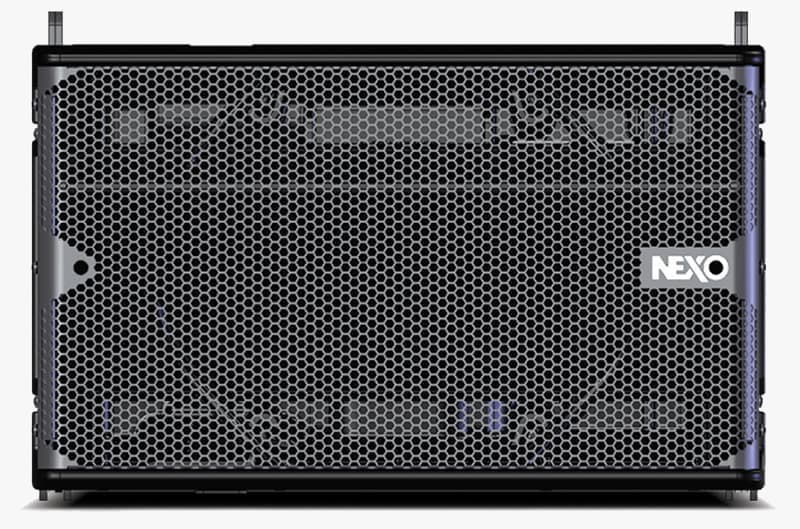
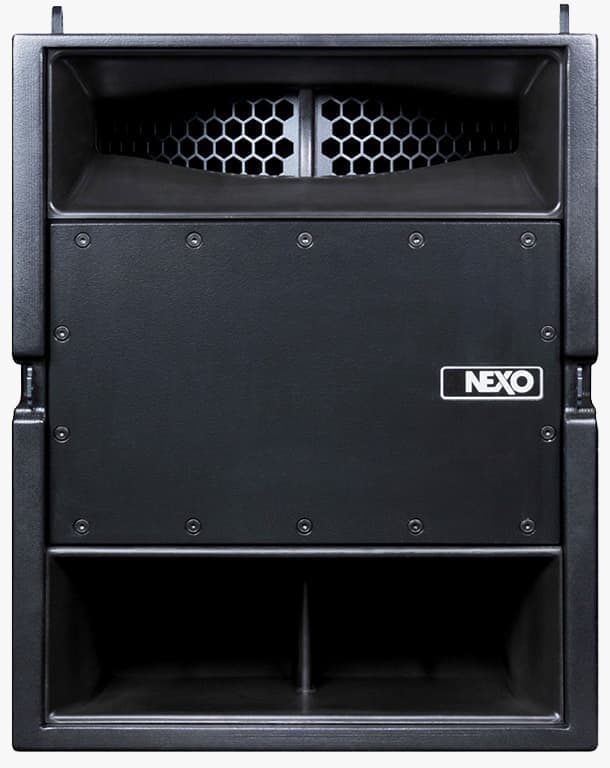
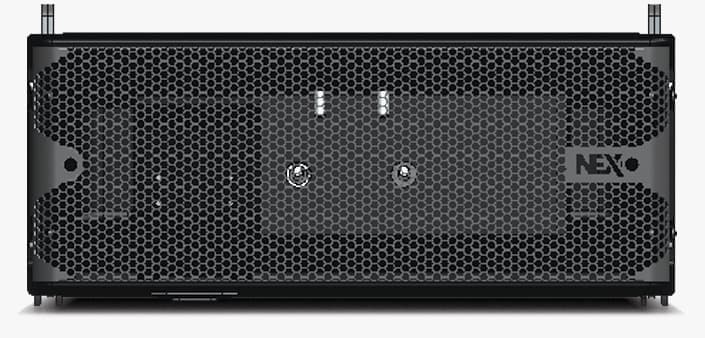
SCALE JUST THE TONIC
STM stands for ‘Scale Through Modularity’. As a name it has the stolid ring of a marketing department that’s under the R&D thumb. Not a bad thing.
STM comprises four modules, plus the amps and processing. There’s the Main (M46), Bass (B112), Sub (B118) and Omni Module (M28).
You can have a look at the spec of these boxes elsewhere on this page. But conceptually what’s interesting is the physical uniformity of the different boxes. The Main and Bass modules, for example, have precisely the same dimensions, weight and centre of gravity. This allows for the Main and Bass boxes to be arrayed side by side, performing effectively as one arena-sized line array element — in the same mould as competing three-way, double-15 cabs.
The Omni is a downfill element with a wider dispersion, but can happily function as a full-range, standalone array element.
The single 18 sub can be flown — again, they all have the same footprint.
Nexo has certainly taken modularity to a whole new level here. The possibilities are endless. The rigging options allow the system engineer to design a hang with two Bass modules either side of a Main module, and have the triple configuration hung 28 deep! That’s at one end of the spectrum. At the other, you can just as easily mount a Main and a Bass on a Sub and have a stonking ground-stacked club setup. Somewhere in the middle, you can achieve great results with a Main-only hang (bottoming out at 50Hz when arrayed) where weight limitations are a concern. Having heard STM perform in a variety of configurations the results are always impressive. In full-spec mode, STM will mix it with any rig in the world, and when pulled down, broken apart and redeployed, will perform without the compromises you may reasonably expect. With STM you will, without question, have one of the world’s best stadium, theatre and club systems at your disposal. Which, frankly, is an R&D/engineering triumph.
We [Nexo] didn’t want to develop something in R&D that was technically really very clever, then take it out to the rental companies only to be told, ‘why the hell do we want that?’
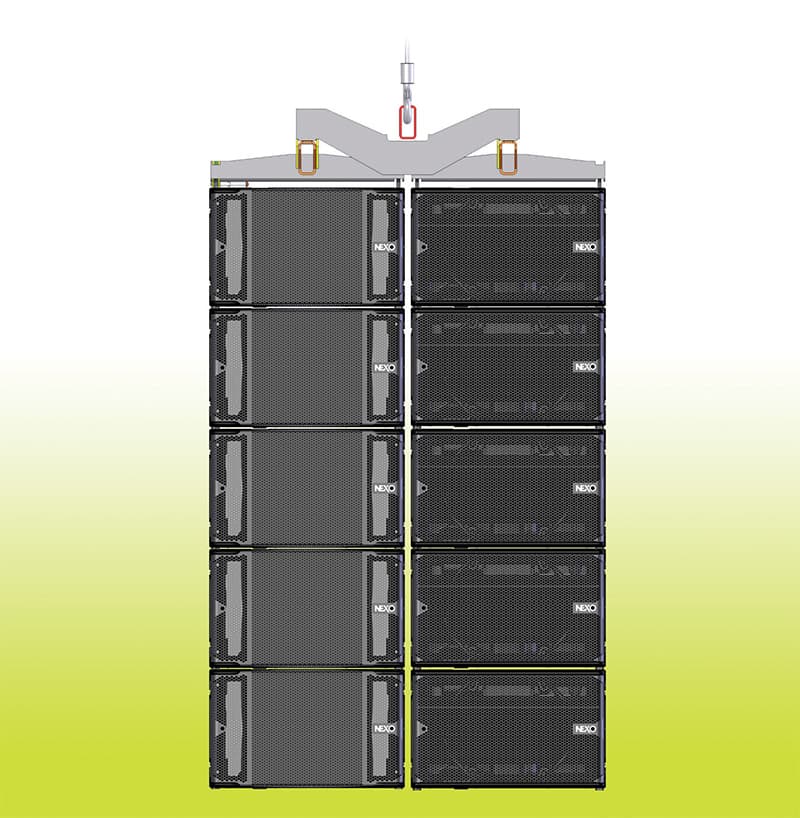
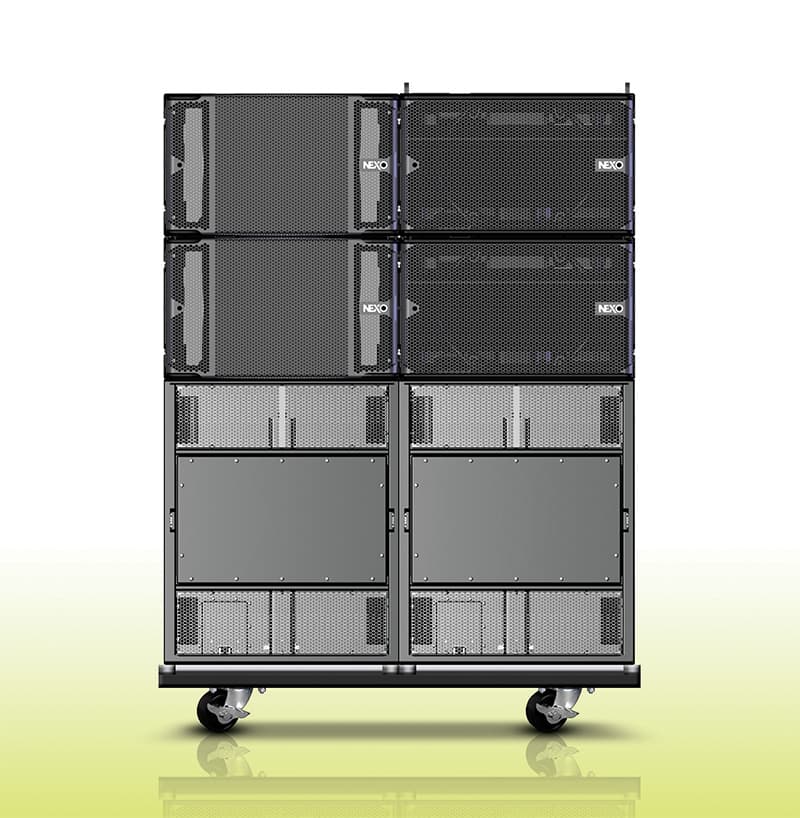
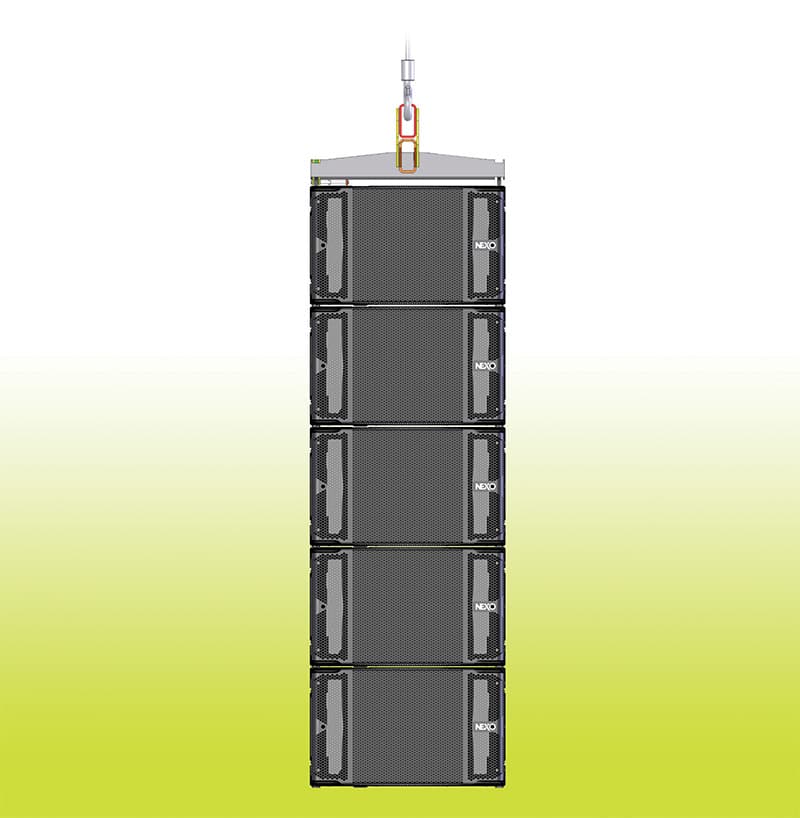
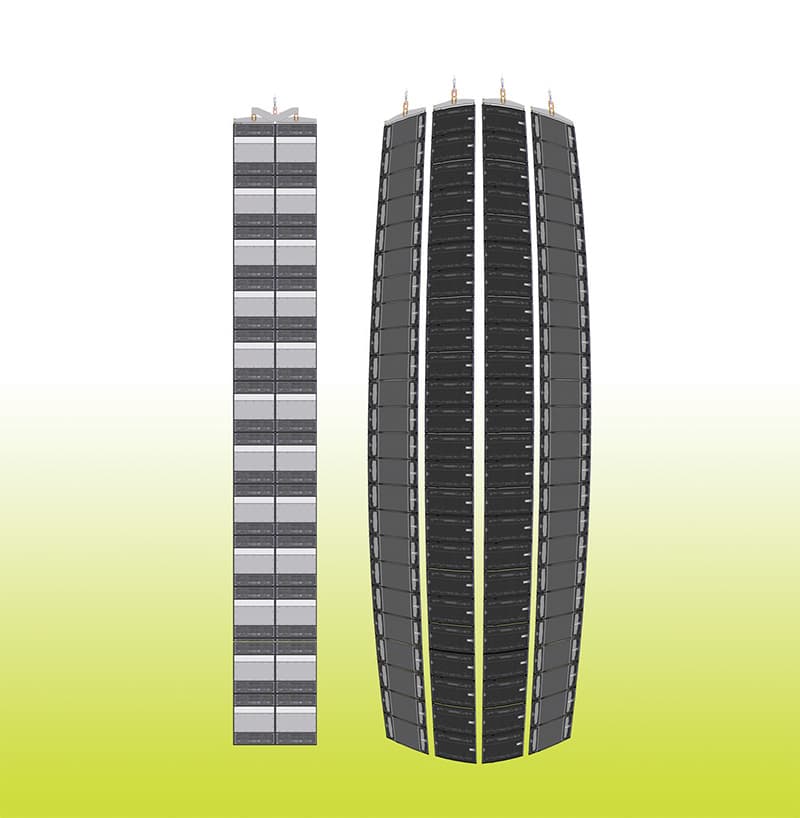
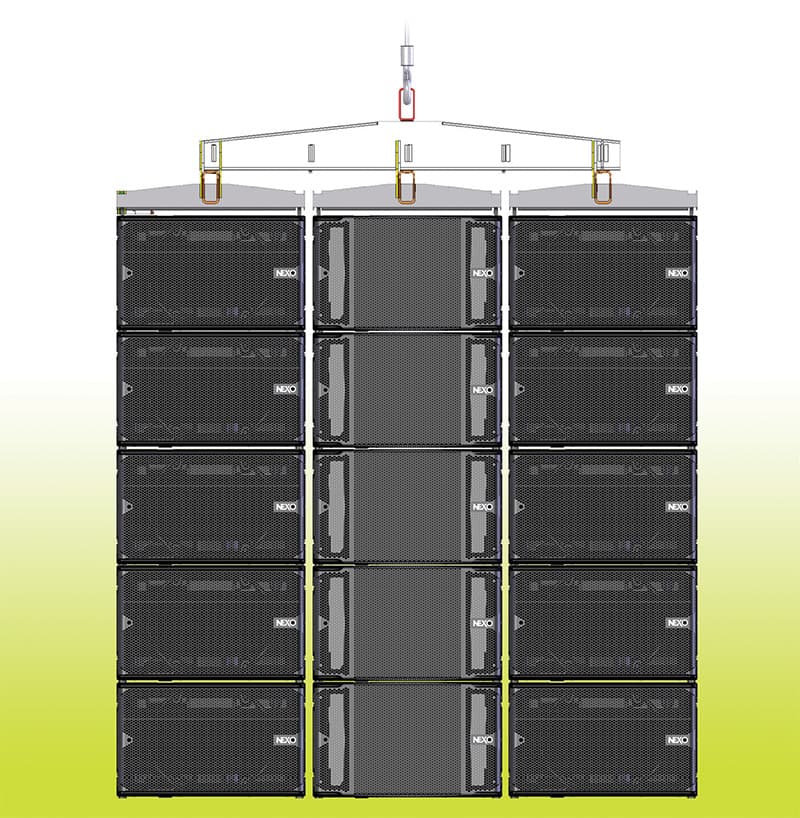
RIGGING: YOU’RE THE ONE
Rigging isn’t generally something to get excited about. But with tour budgets being squeezed, saving on crewing costs is a very enticing prospect indeed. STM is designed to allow for a one-man setup. For safety reasons, a minimum of two people would be present, but practically it’s a one-man job.
All the manipulation is achieved at the rear of the array. And there are two main innovations that permit this. The conspicusous ‘RedLock’ handle that takes care of the front rigging points — release and lock; and a ‘PistonRig’ control that allows you to preset the inter-cabinet angles. Then with the compression-mode rigging method, the system remains completely flat during rigging — with the bumper and array angles realised after lifting.
In action, it’s clear why Nexo is so proud of its rigging. Everything about it is quick and idiotproof. Touches such as the inter-cabinet angle value having a corresponding letter means the system tech can give the riggers instructions such as: “A, A, B, D, F”; instead of risking “2°” being confused with “0.2°” in the clamour of bump-in, for example. Or if a setting is incorrect, then thanks to the compression-mode rigging, there’s no need to entirely pull down the cluster — simply lower the hang, reset the angle on the PistonRig, and lift it back in the air.
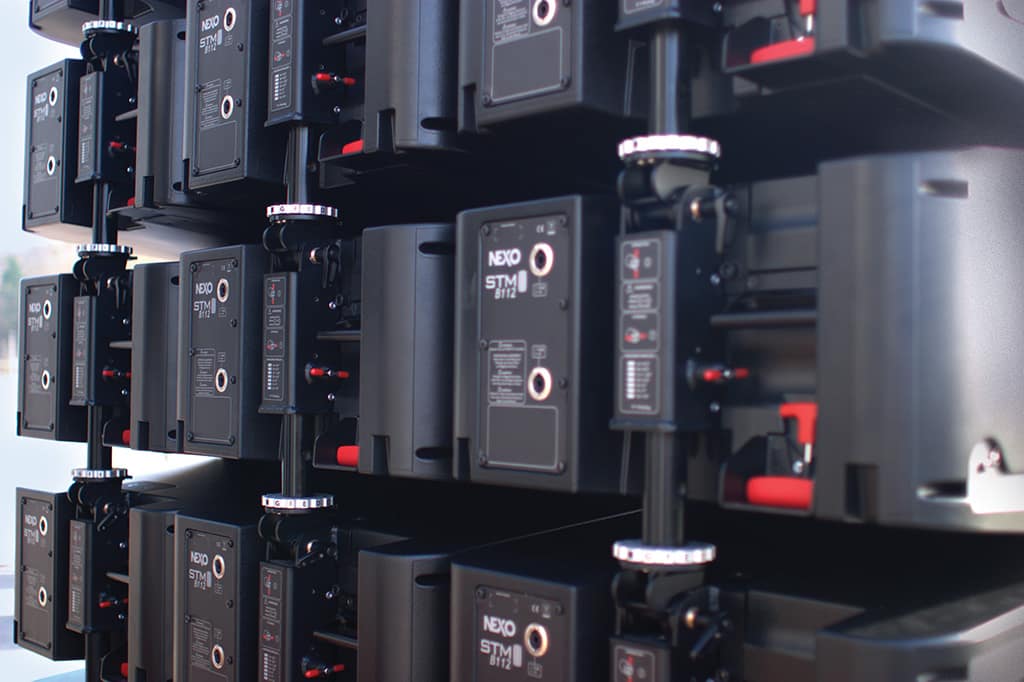
PRAGMATIC INNOVATION
Nexo is a successful company. It sells a lot of speakers. I gather it’s sold 7000+ Geo-T alone and the evergreen PS range seems about as popular as ever. But that doesn’t stop it from craving a much higher position in the rider ranking. Nexo has built this system to be demanded by the world’s premier rental companies. And I reckon that’s exactly what they’ll get.
Nexo’s über-pragmatic approach of designing a PA that people want, rather than attempting to lead the market by the nose with something subjectively technically superior, will surely bear fruit. It’s an easy story to relate and to sell.
But don’t confuse Nexo’s pragmatism for any lack of innovation. Along with the aforementioned rigging improvements, the mid-range flat piston drivers, innovations in the port geometry (to all-but eliminate air turbulence when the system is going full tilt), and the adoption of a new polymer for the HF devices are all of note — clearly, STM isn’t a repackaged Geo-T.
Actually, STM has more in common with another Nexo product: Alpha. The essence of the much-loved Alpha (notably, it’s still a currently manufactured product range) is in its modularity — scale your system to suit the job. Long-term industry watchers — who have seen modular systems of the ’70s move to the compact, all-in-one systems of the ’80s, to the high-q systems of the ’90s, and onto the line arrays of the ’00s — will not be unduly surprised. Like a snake shedding its skin every 10 years, maybe, just maybe, we’re witnessing another generational change.
Why would you want to buy STM? Like our intrepid early adopter from the beginning of this article, you’ll probably be seduced by the business case. At the very least you’ll be intrigued enough to want to hear STM in action. And if that is the case, I can assure you, you won’t be disappointed.
















RESPONSES